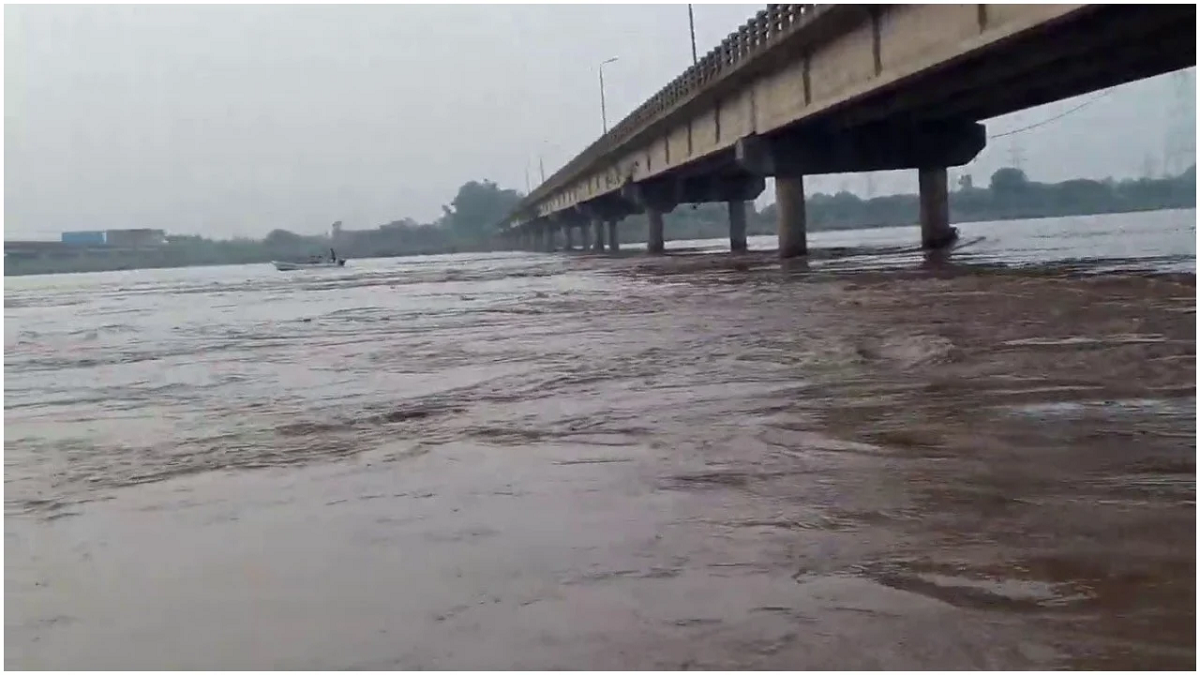India has released a significant amount of water, approximately 2,50,000 cusecs, into the Chenab River, according to the Punjab Disaster Management Authority (PDMA). The release of water is attributed to the medium flood situation at the Maralla headworks along the Chenab River. This development comes as several cities in Punjab are expected to experience heavy rainfall, while the Chenab and Ravi rivers face the risk of flooding due to incessant downpours in India’s northern regions, leading to increased water discharge downstream.
The PDMA has also issued an alert stating that India has released water in the Sutlej River. Around 70,614 cusecs of water has been discharged from the Harike headworks, and it will enter Pakistani territory from Kasur. The PDMA spokesperson, Tasawwur Chaudhry, mentioned the possibility of low flood conditions at Kasur, Okara, Pakpattan, and Vehari. To mitigate the potential impact, relief camps have been set up for communities residing near the riverbanks.
In addition to the Chenab and Sutlej rivers, India had previously released water in the Ravi River at Jassar, resulting in a water flow of 61,000 cusecs entering Pakistan, as reported by the PDMA.
Read More: By 2050, Pakistan’s annual GDP can decline 18-20% due to climate change risks
According to the National Disaster Management Authority (NDMA), recent monsoon rains in Pakistan have caused significant damage, claiming the lives of 86 individuals and injuring 151 others since June 25. The affected individuals include 16 women and 37 children, while 97 houses have been damaged due to the torrential rain across the country. Punjab has experienced the highest number of casualties, with 52 people losing their lives, followed by 20 deaths in Khyber Pakhtunkhwa (KP) and six fatalities in Balochistan, as stated in the NDMA report.
In April, the NDMA had predicted a 72% chance of devastating floods in Pakistan for this year. The Chairman of NDMA, Lieutenant General Inam Haider, informed the Public Accounts Committee (PAC) that the combination of rising temperatures, glacier melting, and early monsoon could potentially result in widespread flooding.



























